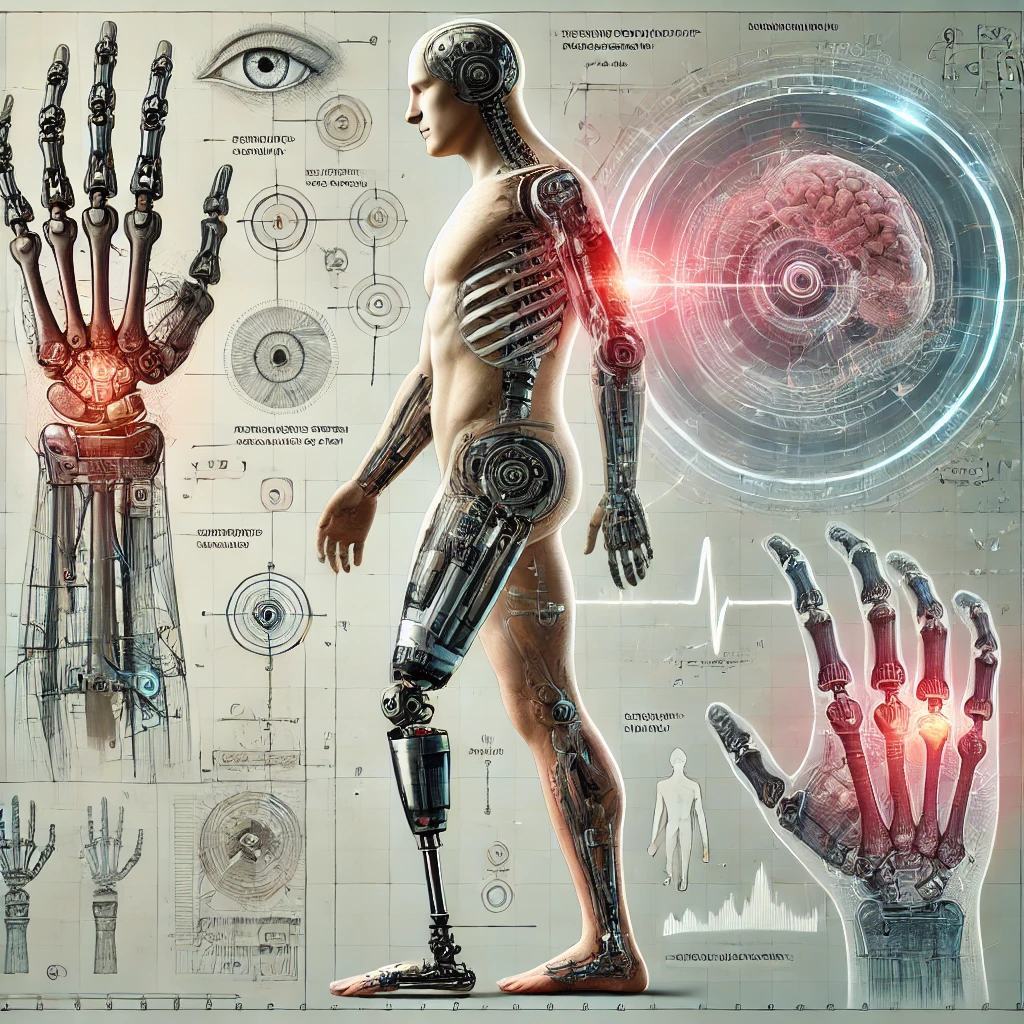How do prosthetics work?
Article Source: How Prosthetics Work

Why You Should Care
Prosthetics aren't just replacements for lost limbs—they're life-changing tools that help people regain independence and improve their quality of life. With advancements in technology, modern prosthetics are becoming more lifelike and functional, giving individuals the ability to perform daily tasks and even participate in sports.
Answering the Question… How Do Prosthetics Work?
Prosthetics work by mimicking the movements of a natural limb. The study found that modern prosthetics use sensors and microprocessors to detect muscle movements and translate them into limb motions. For example, a prosthetic hand can grip objects using sensors that detect muscle signals from the user's arm. The research highlighted that some advanced prosthetics can even restore up to 90% of a limb's functionality, making them nearly as effective as a natural limb.
How Was the Study Done?
Researchers conducted tests on different prosthetic devices, evaluating their performance in various real-life scenarios. They analyzed how well the devices responded to user inputs, their durability, and the comfort level of the wearers. The study also included feedback from prosthetic users, which helped in understanding the practical challenges and benefits of these devices.
What Was Discovered?
- Advanced Control Systems: Modern prosthetics are equipped with sophisticated control systems, such as electromyography (EMG) sensors, which detect electrical activity in the user's muscles. These sensors allow for precise and intuitive control of the prosthetic limb. The study found that these advanced systems can interpret multiple muscle signals simultaneously, enabling the user to perform complex tasks like grasping, holding, and manipulating small objects.
- Functional Restoration: Some prosthetic devices can restore up to 90% of the functionality of a natural limb. The study found that users with these advanced prosthetics could perform daily tasks, such as typing, cooking, and even engaging in sports, with a level of dexterity and control that was previously unimaginable.
- Customization and Fit: Prosthetics are becoming increasingly customizable to fit the unique needs of each user. The study showed that by using 3D printing and other advanced manufacturing techniques, prosthetics can be tailored to the exact size, shape, and functional requirements of the user. This customization enhances both the comfort and usability of the prosthetic, reducing the risk of discomfort or injury.
- Durability and Lifespan: The research found that modern prosthetics are designed to be highly durable, with an expected lifespan of 5 to 10 years, depending on the level of activity and the materials used. Some prosthetics made from advanced materials, like carbon fiber and titanium, are not only lightweight but also extremely strong, capable of withstanding significant wear and tear.
- Cost and Accessibility: The study highlighted the significant cost of advanced prosthetics, with prices ranging from $5,000 to over $100,000. However, it also noted that ongoing research and development are focused on reducing these costs, making high-quality prosthetics more accessible to a broader population. In some regions, government programs and insurance may cover part of these costs, but affordability remains a challenge for many.
- User Satisfaction and Adaptation: The study emphasized that user satisfaction is closely linked to how well the prosthetic meets the individual's specific needs. Feedback from users indicated that while many are satisfied with the performance of their prosthetics, there is a continuous demand for improvements in comfort, ease of use, and adaptability. About 70% of users reported that their prosthetic device significantly improved their quality of life, but 30% expressed a desire for better integration with their natural movements.
Why Does It Matter?
Understanding how prosthetics work and their potential benefits is crucial for anyone interested in medical technology or who may need a prosthetic in the future. These devices are not just functional—they're transformative, enabling users to live fuller, more active lives. As technology continues to advance, prosthetics will become even more effective, accessible, and life-changing.
Link to full article: How Prosthetics Work
